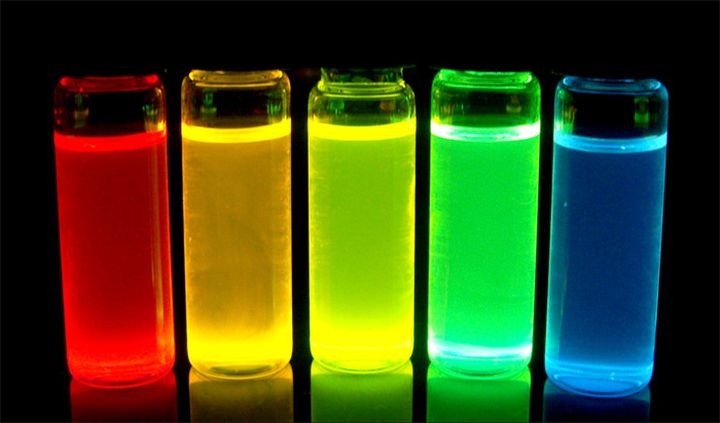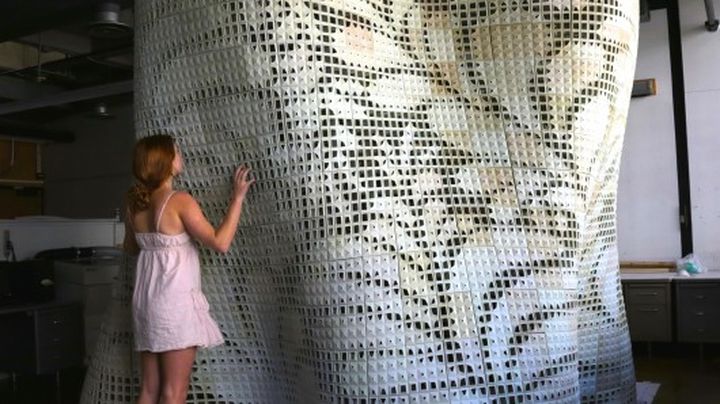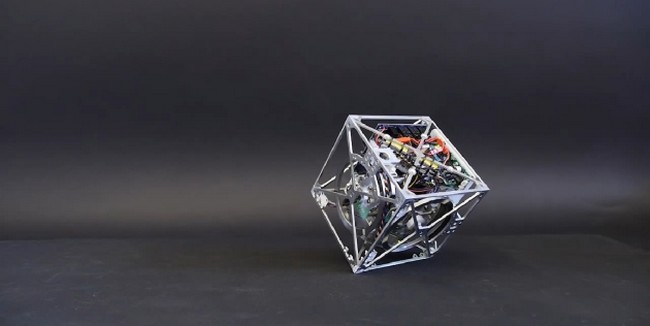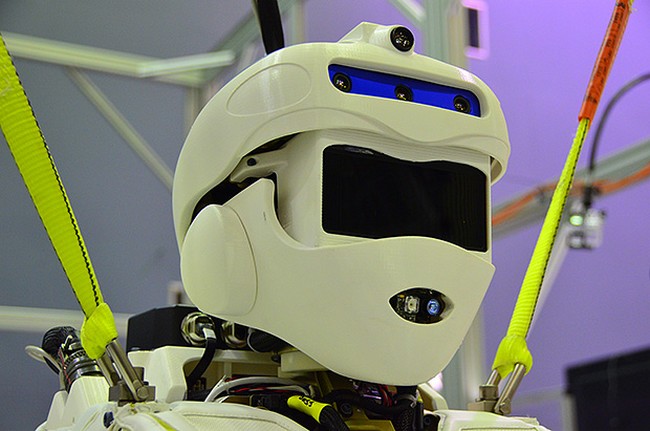The University of North Carolina (NC State) synthesized material for future plasmonic devices responsive to radiation in the middle infrared range. He was the first known materials provides effective work in this part of the spectrum, which opens up for him numerous applications ranging from high-performance computers, to solar and biomedical equipment.
The interaction of light with a new material based on the effect of the plasmon resonance. When light is incident on the interface between the conductor and the insulator, the electrons begin to oscillate in a conductor. The result is an intense electric field penetrating into the dielectric, which can be used for various applications.
The resonant frequency of the incident light is determined by the characteristics of the conductive material. Metals having a high density of electrons respond to short-wavelength ultraviolet range. Traditional semiconductors with lower density than the metal electrons have a resonance frequency corresponding to the far infrared spectrum. But the gap between the two wavelengths is still empty: scientists could not find materials with an efficient plasmon resonance in the mid-IR range.
NC State research team synthesized the desired material doped cadmium oxide rare earth elements dysprosium.
“Usually, when the doping material mobility of electrons is reduced. But in this case, we found the opposite effect – increase in the number of dysprosium this critical characteristics increase, “- noted in an article published on February 16 in the journal Nature Materials. Technically, the experiment showed that reducing the amount of doping dysprosium oxygen vacancies in the crystal CdO. These defects strongly scatter electrons and reduce their flexibility.
There are at least three practical reasons that make such a material is demanded in industry and science. Firstly, it allows to transform a part of solar electricity, typically leaving a loss. Secondly, will create more advanced technology molecular sensors for biology and medicine. And thirdly, to help develop a more rapid and effective device optoelectronics.
Read another very interesting article about alternative energy of the Sun, water and air.





